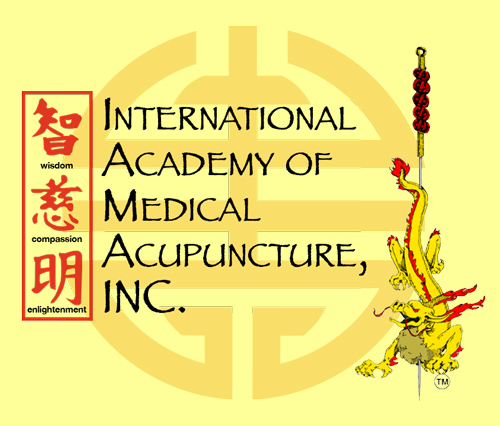
Important Notification
The International Academy of Medical Acupuncture will be “Closing It’s Doors” on June 28th, 2024 after the passing of Founder/Owner/President Dr. John A. Amaro.
On behalf of the International Academy of Medical Acupuncture, Dr. John Amaro, Dr. Debra Richel (Vice President), and Leslie (Office Manager), we thank you for your loyal business since 1974.
Please communicate via Email to: Seminars@IAMA.edu
**For IAMA transcripts please contact Northeast College of Health Sciences Post Graduate Department at ( 1-800-434-3955 and use “Prompt 6)
No phone service will be available after June 28th, 2024